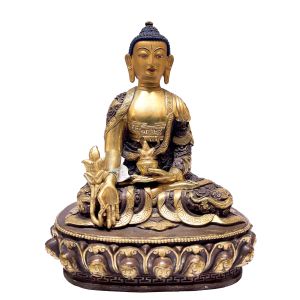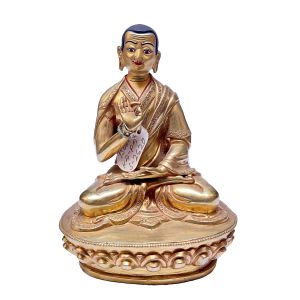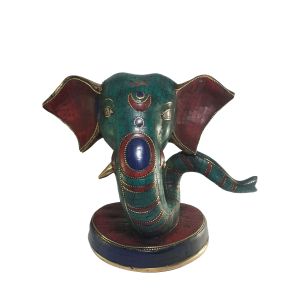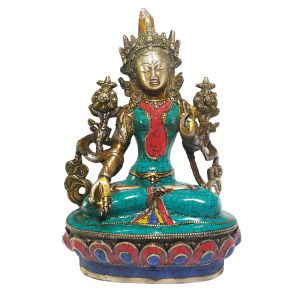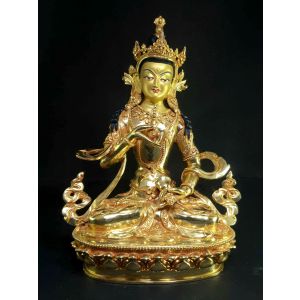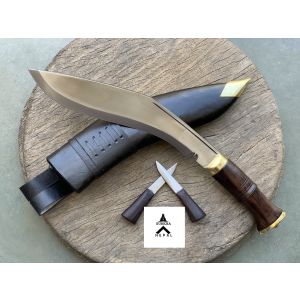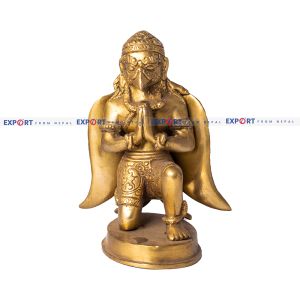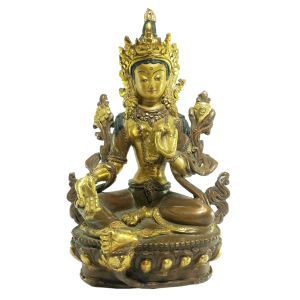Old Stock , Tibetan Statue of White Jambala, Patly Gold Plated and Painted Face , Last Piece
| Seller | Handmade Handicraft |
|---|---|
| Product Tags | Tibetan Statue, white Jambala Statue, Gold Plated Statue, Statue, Metal Craft Statue, Idol, Sculpture |
| UK Size | 4 |
| Seller | Admin |

